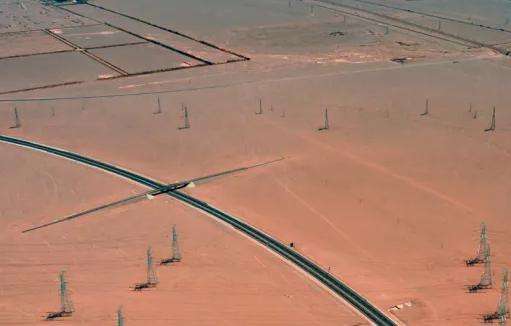Balcony wall-mounted solar water heaters currently on the market mainly include all-glass tube type, U-shaped tube type, integrated flat plate type, forced circulation type, horizontal heat pipe, microcirculation type, etc. Experts point out that when purchasing balcony wall-mounted solar products, you should consider five aspects: safety, lifespan, performance, use and operation.
Product Comparison
Ordinary vacuum tube solar water heaters have thin inner tanks and small pressure vacuum tubes, which are not suitable for making heaters -water under pressure. installed on the roof of the highest floor, leading to problems such as pipe antifreeze in winter, poor insulation of water tanks, the need to drain cold water, and easy rupture of pipes. The roof of buildingshigh-rise residential is small and the installation is not beautiful, most properties do not allow owners to install them. A variety of solar water heaters have made the utilization rate of ordinary solar water heaters an energy-saving product. , increasingly limited in large cities and cannot meet the solar hot water needs of families. Therefore, the balcony wall-mounted solar water heater suitable for high-rise residential use breaks the limitation that solar energy can only be installed on flat roofs. It can therefore be installed on balconies, walls, etc., like wall-mounted air conditioners. significantly increasing the current scope of use of solar energy.
Suitable for families
The balcony wall-mounted solar water heater is suitable for families with sufficient sunlight. It requires continuous sunlight for more than 5 hours a day, syears block light in winter. , and the direction of the collector is biased 15 degrees to the west. In the Northeast, it is best to use wall-mounted solar water heaters that have a thermally conductive backing. Wall-mounted solar water heaters are generally both photoelectric and photovoltaic, and can be plugged in as a supplement in winter or when the weather is bad.
The height is suitable for users and there are not many installation requirements, so it is very popular. In many areas, solar energy can hardly be used until winter, but this wall mounted solar water heater does not freeze in winter. There is electric auxiliary heating equipment inside, and hot water is available all day long, so you are not afraid of cold water washing in winter. Easy to maintain and easy to use. By converting solar energy into thermal energy via collector tubes plats, there is almost no water leakage or scale, making it easier to use. In order to advance money, this type of water heater now needs to install a cold water pipe on the balcony, with two inlet and outlet pipes. If you don't do this at the beginning, you won't be able to pass through the hidden pipe later.
So when you choose wall mounted solar power, you should not be cheap and choose good quality. There are currently two popular wall-mounted solar water heaters on the market, one is a tablet and the other is a vacuum tube. Quantum solar energy has similar effects when used in summer, but vacuum tubes are much better in winter. If you plan to install a wall-mounted solar water heater, you must first obtain approval from the real estate agency. Since it is installed on an exterior wall, security is important and must be taken into account by the real estate sector so that thethe request is approved. Wall-mounted solar water heaters are more expensive than ordinary solar water heaters, so if you want to choose, you should mainly choose according to your own economic situation.
Lapin thinks it is worth installing a wall-mounted solar water heater. After all, it is more practical and easier to maintain. Other interference factors can be resolved and the problem is not serious. Flat collector tubes are used to convert absorbed solar radiation into heat. Thanks to the siphon principle, heat reaches the water tank and heat from the water, causing the water temperature to gradually increase throughout the water tank. There are two types of wall-mounted solar water heaters. The water tank is placed on the balcony and the sensor is placed on the balcony of the south facade of the building. The other is a solar water heater with integrated heat recovery. The sticky partThe hot water system is completely separate from the water tank. The collector is installed on the balcony. The water tank makes full use of the outdoor space of the balcony, solving the problem of incapacity of users of high-rise buildings. install solar water heating systems and realize solar energy and building integration.
The working fluid circulation system is natural circulation, so it provides users with hot water when there is enough sunlight, but the whole system does not consume any energy. The flat plate collector does not produce water in the heat pipe, and the collector and water tank work by heat exchange. And the heat transfer is one way heat transfer. Generally speaking, balcony wall-mounted solar panels operate at high temperatures for a long time and the fluid gradually evaporatesnt. The biggest problem for users is that they don't know what the fluid capacity is and when they should add or top it up. Rising. Future maintenance will bring a lot of trouble to users. Wall-mounted solar water heaters currently on the market generally use natural circulation. The microcirculation resistance of natural circulation solar pipelines is large, the cold and heat exchange speed is slow, and the installation conditions of the pipelines are difficult. The water tank should be greater than 50 cm. If the collector is installed on the balcony railing, the water tank must be mounted high on the wall. This requires high and low heat exchange rate and low efficiency.














